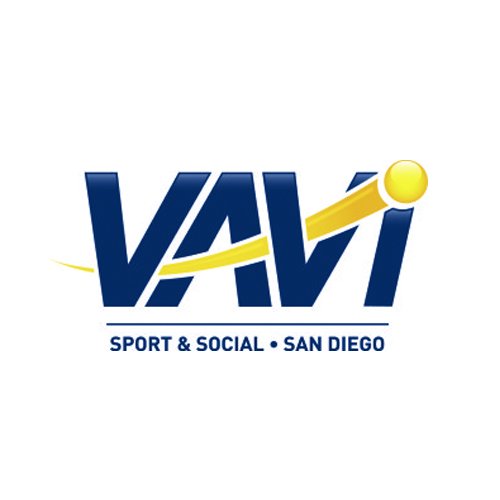Stock Option Plan Rule of Thumb No. 3

This article was contributed by William W Eigner, Esq. & Brian Headman of Procopio, Cory, Hargreaves & Savitch LLP. Subject Director And Advisor Shares To A Two-Year Vesting Schedule Directors assume general corporate law fiduciary duties and potential liability from the very first day they serve on a company’s board. For this reason, independent directors expect […]
Stock Option Plan Rule of Thumb No. 2

This article was contributed by William W Eigner, Esq. & Brian Headman of Procopio, Cory, Hargreaves & Savitch LLP. Issue Options According To Value Added And Risk Taken Options are often issued as a reward, either for services rendered or risk assumed by the recipient. Thus, the number of shares and ownership percentage covered by the […]
Video Friday: Entrepreneurial ADD

Happy Friday! In our final Friday video, Tyler Jensen discusses how to deal with entrepreneurial ADD. Enjoy! If the link isn’t working, check out the video at: https://www.youtube.com/watch?v=QC4TUpj8BNY&feature=player_embedded View our archived videos on our YouTube channel at https://www.youtube.com/user/thestartupgarage?feature=watch. Whether you have a question about Entrepreneurial ADD, or you’d like to discuss our business plan writing […]
Stock Option Plan Rule of Thumb No. 1

This article was contributed by William W Eigner, Esq. & Brian Headman of Procopio, Cory, Hargreaves & Savitch LLP. Reserve 10-20% Of Your Company’s Outstanding Equity For A Stock Option Plan Equity incentives are a major form of compensation for most emerging growth and technology companies. Without them, most start-ups cannot afford critical labor, let alone […]
Equity Options to Attract Directors and Advisors

This article was contributed by William W Eigner, Esq. & Brian Headman of Procopio, Cory, Hargreaves & Savitch LLP. William Eigner’s bio is available at https://www.procopio.com/attorneys/william-w-eigner and his LinkedIn is available at https://www.linkedin.com/profile/view?id=616218&trk=tab_pro. A properly selected Board of Directors and Board of Advisors can be an invaluable asset to an emerging company. Building these boards is an early opportunity for […]
Video Friday: Tyler’s Experience With Selling His First Company

TGIF! Watch our latest video where Tyler Jensen explains the highs and lows he went through in the process of selling his first company, Vavi. If the link isn’t working, check out the video at: https://www.youtube.com/watch?v=fbuD9gD7TDI&feature=player_embedded View our archived videos on our YouTube channel at https://www.youtube.com/user/thestartupgarage?feature=watch. Whether you have a question about Selling your First Company, […]
Non-Profit Revenue Sources: Donations

Target the Best Potential Donors Know where to begin your donor search. It is more cost-effective to strategize who will be most likely to make a donation and target those potential donors rather than spend the time and effort to cast your net as far and wide as possible. Start with the board of directors […]
Non-Profit Revenue Sources: Grants

Sources of Grants Unlike donations from private individuals, grants come from foundations, government agencies, private businesses and other groups. As these groups have access to larger accounts, the grants they give out are usually much larger than individual donations. Many grants are only available to 501(c)(3) tax-exempt organizations. Grant givers are often looking for an […]
Video Friday: How Vavi Was Born

It’s Friday! Please watch this video as Tyler Jensen explains how San Diego’s Vavi Sport and Social Club was born. This is a good one- enjoy! If the link isn’t working, check out the video at: https://www.youtube.com/watch?v=OyTurnLhf2I&feature=player_embedded View our archived videos on our YouTube channel at https://www.youtube.com/user/thestartupgarage?feature=watch. Whether you have a question about How Vavi was […]
Non-Profit Revenue Sources: Fundraising

Importance of Relationships No matter what the amount you are trying to raise, you must have a good connection with your donors. Especially if the donor is contributing for the first time – a thank you note can go a long way to ensuring continued donations in the future. Convince Your Potential Donor Be specific […]

